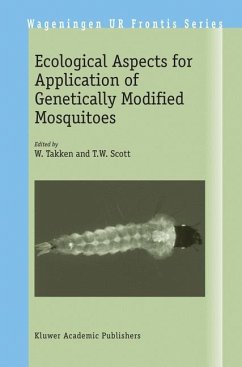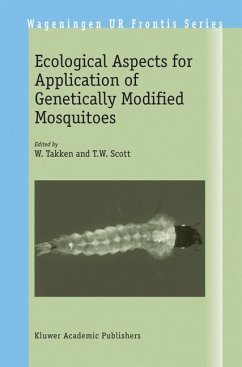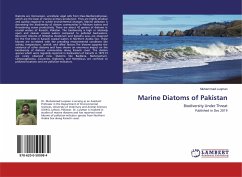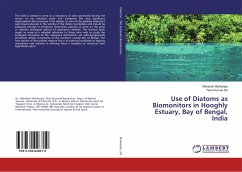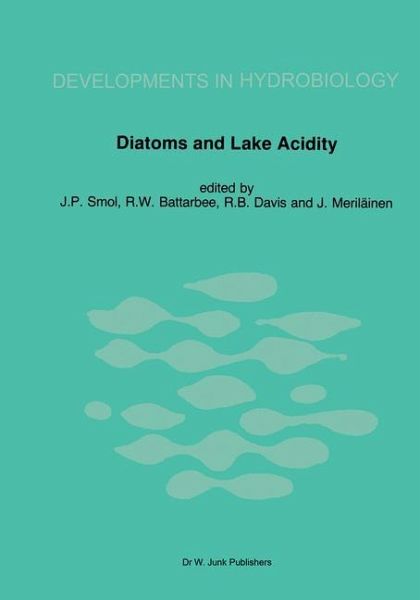
Diatoms and Lake Acidity
Reconstructing pH from siliceous algal remains in lake sediments
Herausgegeben: Smol, John P.; Battarbee, R. W.; Davis, R. B.; Meriläinen, J.

PAYBACK Punkte
77 °P sammeln!
During the last few years, lake acidification has become a topic of international interest because of the detrimental effects of this problem on lake ecosystems. The stratigraphic record of diatoms and other paleoindicators in lake sediments has been used increasingly to document past limnological conditions. Because many diatom taxa are sensitive indicators of lakewater pH, this approach is especially useful in assessing impacts of atmospheric pollutants and watershed land use on lake pH. The idea that a book be prepared on this subject originated at a workshop entitled 'Reconstructing pH fro...
During the last few years, lake acidification has become a topic of international interest because of the detrimental effects of this problem on lake ecosystems. The stratigraphic record of diatoms and other paleoindicators in lake sediments has been used increasingly to document past limnological conditions. Because many diatom taxa are sensitive indicators of lakewater pH, this approach is especially useful in assessing impacts of atmospheric pollutants and watershed land use on lake pH. The idea that a book be prepared on this subject originated at a workshop entitled 'Reconstructing pH from sedimentary diatom remains - recent insights and update on methods' organized by R.B. Davis and held at the XXII Congress of the International Association of Limnology at Lyon, France in August 1983. At this workshop, presentations were made by many of the authors in this volume. The rapid progress in this field was evident when a second workshop, this time organized by R.W. Battarbee and R.J. Flower, was held one year later at the VII International Symposium on Diatoms at Paris, France. Many individuals helped with the preparation of this volume, most notable were our referees, who thoughtfully reviewed the manuscripts and suggested many improvements. I would also like to thank my colleagues at Queen's University who helped in innumerable ways over the last two years. A special word of gratitude is due to Dr. M.M. Boucherle, Dr. S.R. Brown, Ms. T.C. Oliver, and Mr. P.R. Leavitt. J.







